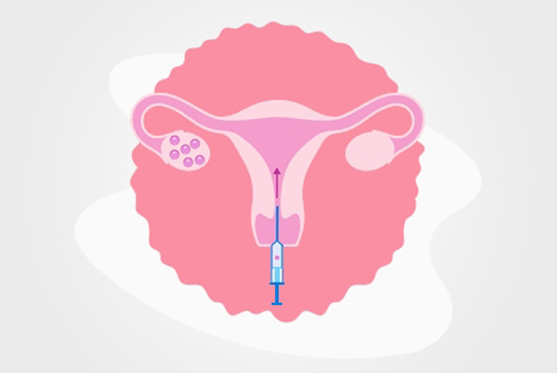
Frozen Embryo Transfer (FET) is a part of IVF treatment where previously frozen embryos are thawed and transferred into the uterus. This process provides new hope to couples who couldn’t conceive naturally or wish to plan pregnancy later, using embryos from earlier IVF cycles.
If everything goes smoothly, the FET process can usually be completed within one menstrual cycle.
Modern cryopreservation techniques ensure embryos remain healthy and viable for transfer. These advancements improve success rates and make FET a reliable option for couples planning pregnancy.